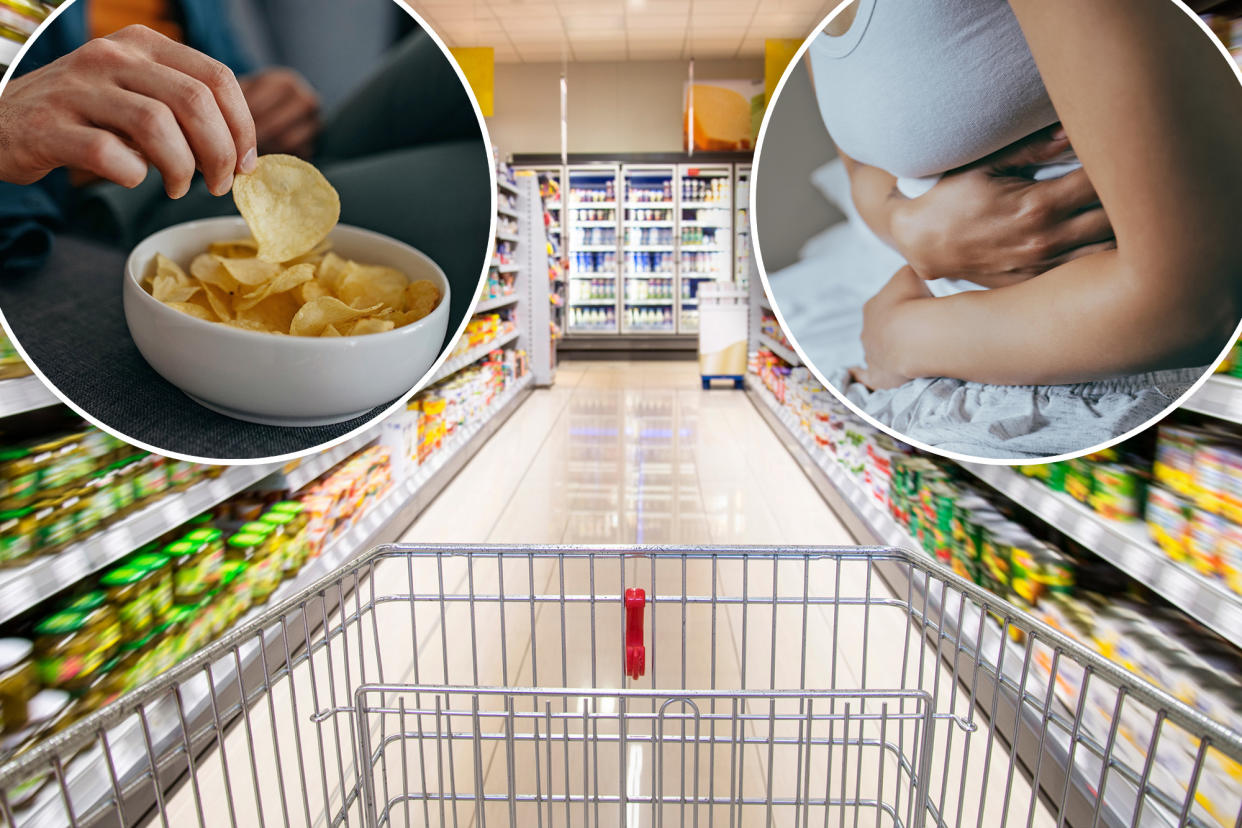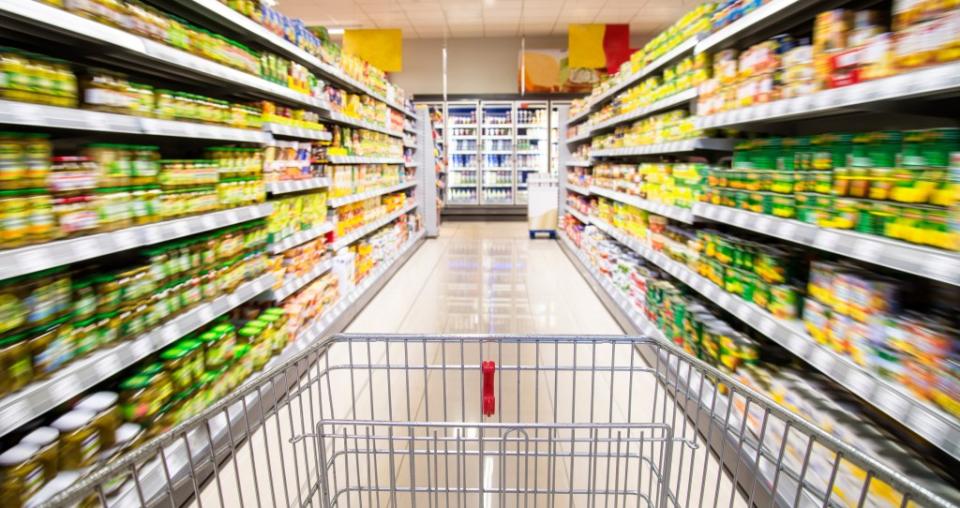You may be eating ‘predigested’ foods — and they’re making you fatter, experts warn

Fast foods take the effort out of eating — in more ways than one.
Ever wonder why there’s always room for one last potato chip? Scientists have discovered that certain ultra-processed foods essentially undergo “predigestion,” which makes them seem less filling than truly whole and undigested foods.
“It could be a grain bar, a breakfast cereal, ice cream or confectionery — they all have the same list of basic starting ingredients,” Chris van Tulleken, a virology expert and associate professor at University College London, told CNN while describing the phenomenon. “It’s an illusion of food.”
To avoid shelling out money on real, whole foods, producers reduce basic food crops such as corn, wheat and potatoes to their most basic molecular components, what people in the snack biz call “slurries.”
“The bulk of what is extracted is starch slurry, a milky mixture of starch and water, but we also have extracted proteins and fibers,” Starch Europe, a European starch industry association, explained in a video.

Nearly half of this starch slurry goes toward producing “starch-based sugars and other derivatives,” which are created by hydrolysis — a process similar to human digestion, per the clip. Many experts compare this process to a mama bird chewing up and regurgitating foods to make it easier for her offspring to eat.
Producers then use industrial machinery to cut this ubiquitous base with food coloring, emulsifiers and artificial flavors.
This way, they can create a smorgasbord of cuisine from concentrate, ranging from burger buns to grain bars like a culinary shapeshifter.

Unfortunately, due to their lack of protein, fibers and other elements, predigested foods circumvent the signal informing eaters that they’re at capacity.
“In effect, you are bypassing the stretch receptor effect in the stomach,” preventive and lifestyle medicine expert David Katz told CNN. “Before the stretch receptors can even tell you, ‘Hey, we’ve had enough,’ you’ve put down twice as many calories as you need.”
This is why people can polish off bags of candy and other ultra-processed treats and still feel peckish.
In turn, snackers make themselves more susceptible to a host of health problems ranging from obesity to cancer.

Unfortunately, it’s not easy avoiding predigested foods in a country where they’re as American as corn-starch-laden apple pie.
Studies show that ultra-processed foods comprise an estimated 73% of the US food supply, while the average American adult gets more than 60% of their daily calories from ultra-processed foods.

